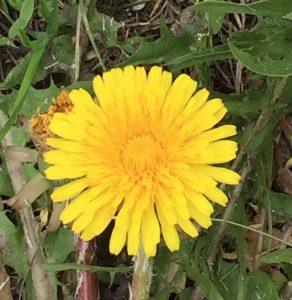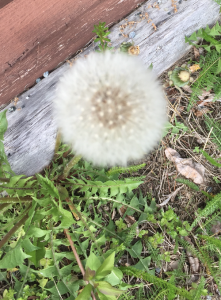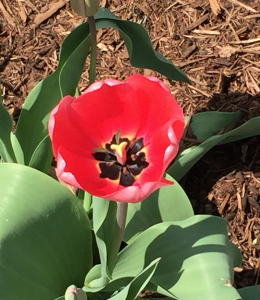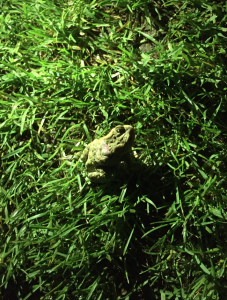Hello fellow nature people,
I would like to talk about several of the many amazing flowers we are lucky to have on Dartmouth campus and their significance to me. These flowers caught my attention because when I saw them, they reminded me of my childhood and home.
The first flower is the dandelion. Its lemon-yellow color can brighten any dark or gloomy garden instantly. The dandelion is meaningful to me because I remember in the seventh grade when I picked a dandelion for a special girl I had a crush on. She was so happy when I gave it to her and had the most radiant smile that could brighten up any room. I will never forget her thankfulness and sheer joy.
Upon researching the dandelion, I learned that the yellow dandelions transform into what was known to me as the “wishing flower”. I remember as a child running around my grandmother’s cabin in Munds Park, Arizona and seeing flowers every where in the playgrounds and grassy fields. My siblings and I would often have contests to see how many we could pick and blow the seeds off of in a certain amount of time. Anytime I see these “wishing flowers”, I begin to smile as it reminds me of these memories.
The second flower I would like to mention is the tulip found in front of the Hopkins Center. This elegant, red flower reminds me of my mother. While visiting during Dartmouth Parent’s Weekend, my mother shared with me that the tulip was the flower she specifically chose to carry in her bouquet on her wedding day. After my family left Dartmouth, these tulips were more than just another flower, they signified a happy memory of my parents. I was glad to see my parents enjoy and be reminded of their special day.
I am very grateful of these flowers on campus because they do bring back a positive type of nostalgia. Any time I am going through a rough assignment, I am able to take a walk across our wonderful campus and be calmed by the flowers’ beauty and the many significant memories that are associated with them.
Remember to stop and see the flowers,
Christian Trejo






